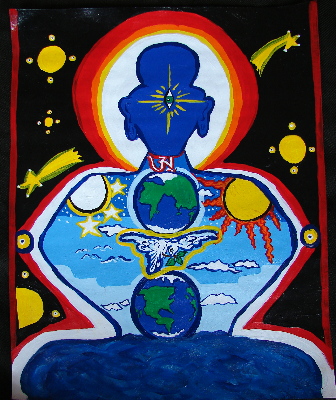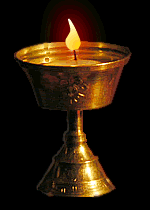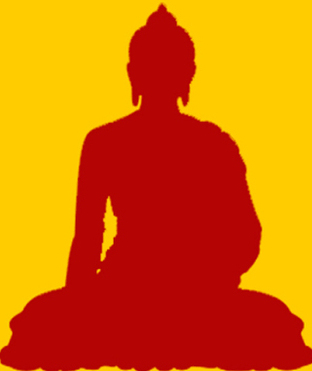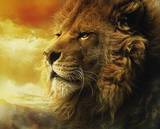Great Leaders
ROARING LIONS
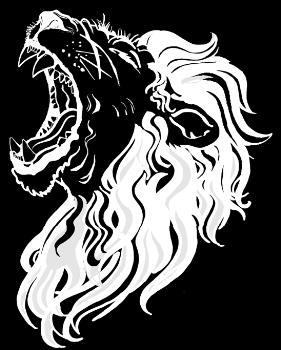
"The Lion" - From The Element Encyclopedia of Magical Creatures by; John and Caitlin Matthews
The lions roar reminds of just who is king of the beasts. The strength of the lion is one that human beings are continually trying to gain for themselves from the exploits of Hercules and the Nemean Lion onwards, when he took the lions skin as his emblem of victory.
Lions have the reputation for not putting up with evil, as we see from the mount of the Hindu Goddess, Durga, who defeats the buffalo demon, riding upon a lion that attacks the buffalo while she engages the demon with her many-armed weaponry.
The lion-hunt relief's from the Assyrian period in the British Museum are an impressive testimony to the respect placed upon the lion in Mesopotamian culture, where a prince had to slay his first lion in order to ascend the throne. But the attributes of the lion were not seen exclusively as masculine prerogatives. Divinities such as the Mesopotamian Innana and , later, Ishtar were compared to lion in their ferocity and warlike nature, while the Egyptian Goddess Sekhmet whirls out of the desert in the form of a lioness, killing and rending whoever falls in her path.
In Thaliand, the oldest royal family traces its descent from the lion who elopes with the kings daughter and persuades her to live with him in the wilderness, where she gives birth to a human son called Singh (Lion). Singh comes to court and when he returns home while on a lion hunt, he recognizes his father and refuses to kill him. The princess's mother reveals Singh's identity to those at court, whereupon he ascends to the throne of his grandfather.
In Africa, the lion is revered as a god and, like in the Thai story, is believed to be the founder of many dynasties. Magical lion forebears taught the arts of hunting, bush-lore and the spell craft that brings game to their human descendents. In Sudan, there are stories of women who are the offspring of lions and humans, but they can be easily discerned for they will eat only meat – no grains or vegetables – and it is good to notice this before you marry one, unless you wish to become the next meal!
According to Islamic tradition, God created the lion from the blood of the prophet Noah (or Nuh). While Noah had been nailing the planks of the ark together, Satan came in the shape of a wild boar and dislodged a plank that had been nailed down. Noah hammered it back into place three times, but on the third attempt he hit his thumb in his haste to finish before the rains started, The blood that flowed into the sand was changed into a lion which then chased away the boar.
The lion is one of the Hayoth (Tetramorphs), being the symbol of St. Mark. This emblem of the lion is the guardian beast of the city of Venice, which is under the patronage of St. Mark. Christ's resurrection was often represented by a lion because of the belief that male lions breathed life into their cubs, causing them to come alive after they had been born.
"Lion Man"
The Mesopotamian Lion Man is shown as a man above the waist and a lion below. He stands upright and carries a staff. He is called Uridimmus ("Mad Lion'). He may represent the Sumerian god, Utu, or the Akkadian god, Samas, who brings the beneficent light of the sun to Earth. He is the God of truth, justice and rectitude, a destroyer of evil and a protector of kings. As Samas, he enables the king Etana to free an eagle which has been trapped in a pit by the serpent. Samas brings the plant of life to Etana and enables him to fly to heaven on the eagles back.
As far as lion symbolism goes in Native American culture, the Hopis achieved a classic statement of reverence for nature and "The mountain lion," said Leigh Jenkins, the Hopi cultural preservation officer, "is very sacred to the Hopi. He is a deity, a guardian of the tribe, to whom Hopis look for guidance during certain ceremonies. He is regarded as the strongest and most fearless animal and the greatest of hunters. His name, Oha, also refers to the black clays used to decorate particular kinds of prayer sticks. Black represents strength in delivering the prayer sock's message to the homes of the rain gods."
Buddha is a word that describes the mind of an enlightened being. Buddha is a Sanskrit word which translates as "awakened One".
In relative terms, the Buddha which we know of in our world, Prince Siddhartha, was born 2,500 years ago into karmically auspicious circumstances. Due to his positive deeds from previous births he was born as an heir of a king which provided all the material wants of any human. After taking a tour outside of his palace, the prince soon discovered the samsaric suffering that inflicts beings regardless of caste, race or religion - this truth radically changed his life. This awakening to the reality of the nature of samsara was the catalyst for his choice to leave his kingdom and all of its comforts. Out of his immense compassion for beings, he made the choice to pursue a clearer understanding of how to cease the suffering that exists for everyone.
As the prince wandered through India exploring different teachings and gathering information from many traditions, he met with a group of ascetics who performed extreme austerities to rid the mind of attachment. The prince investigated this method but even after years of concentrated effort he did not find the solution to end the suffering of beings.
One day, while Siddhartha was meditating near a river, a young village girl named Sujata noticed that he had become thin and frail due to his austerities and approached him offering a bowl of milk. When Siddhartha witnessed the generosity of the girl, he drank the milk and ceased his austerities realizing that enlightenment cannot be reached by either attachment or aversion. Soon after the prince, who had become a beggar, walked to a giant Bodhi tree in Bodhgaya where he sat and vowed not to arise until he had understood the nature of mind. After several days of meditative absorption with the sincere intention of benefiting being as as vast as space - Siddhartha reached enlightenment, or a state of omniscience.
After His awakening, Siddhartha, who had now been given the title of Buddha, freely and openly shared his realization to whoever listened. His teachings, which were documented by his disciples - collected in the 84,000 volumes of the Kangyur texts or the Sutras are based on the perfect union of compassion and wisdom.
In absolute terms, Prince Siddhartha was a manifestation of all the Buddhas in a human form. His display of the path to awakening took place for the benefit of others who could then follow in his footsteps. Through the great compassion and skillful means of the Enlightened Mind (Dharmakaya), his display (Samboghakaya) of the teachings (Nirmanakaya) arose in myriad forms, according to the level of the beings in connection. The teachings which were given in these forms are called the Tantras and are believed to date back beyond Buddhist history.
On the rare occasion that the Buddha would refer to himself, he chose to be represented as the stately lion. To describe his proclamation of the Dharma - valiant and thunderous - as is expressed through a veritable lion's roar in the spiritual domain.
Guru Padmasambhva, the great tantric master from India who brought the Buddhist teachings to Tibet, was known by two names throughout his life in reference to the lion; Shakya Senge - Lion of the Shakyas and Senge Dradrok - Lion's Roar.
Padmasambhava, translated as "The Lotus Born" (Tibetan: Guru Rinpoche) is said to have been born out of a lotus flower in the land of Uddiyana, or the Swat valley located in what is now known as Pakistan. He transmitted Tantric Buddhism to Bhutan and Tibet in the 8th century, approximately 200 years after the death of Shakyamuni Buddha.
Padmasambhava's ability to memorize and comprehend esoteric texts in a single hearing established his reputation as a master above all others. His reputation as an enlightened teacher became known to Trisong Detsen, the first Emperor of Tibet (742–797), whose kingdom was beset by evil mountain deities. The king invited Padmasambhava to Tibet where he used his powers to subdue the evil deities he encountered along the way, introducing them to the genuine power of the original dharma. Out of deep gratitude, the Emperor offered his wife, identified as a dakini, Yeshe Tsogyal, to Padmasambhava as his principle consort who later became revered as a teacher of equal realization and skill. In Tibet he founded the first monastery in the country, Samye Gompa, initiated the first monks, and introduced the people of Tibet to the practice of Tantric Buddhism or Vajrayana.
Padmasambhava had five major female tantric companions, the 'Five Wisdom Dakinis' or 'Five Consorts.' In Padmasambhava's biography - they are described as the five women "who had access to the master's heart", with whom he practiced tantric rites which are considered to have exorcised the previous demons of Tibet and converted them into protectors of the country. They were: Mandarava of Zahor - the emanation of Vajravarahi's Body; Belwong Kalasiddhi of (North-West) India - the emanation of Vajravarahi's Quality, Belmo Sakya Devi of Nepal; the emanation of Vajravarahi's Mind, Yeshe Tsogyal of Tibet; the emanation of Vajravarahi's Speech and Mangala or Tashi Kyedren of "the Himalayas" - the emanation of Vajravarahi's Activity.
As Guru Rinpoche has said:
"My father is the intrinsic awareness, Samantabhadra. My mother is the ultimate sphere of reality, Samantrabhadri. I belong to the caste of non-duality of the sphere and awareness. My name is the Glorious Lotus Born. I am from the unborn sphere of all phenomena. I consume concepts of duality as my diet. I act in the way of the Buddhas of the three times."
He is further considered an emanation of Buddha Amitabha and traditionally venerated as "a second Buddha" of Tibetan Buddhist history.
King Ashoka reigned in India during the Mauryan Empire (3rd century B.C.), which was considered one of Buddhism's golden eras. Although he began as a ruthless warrior, when King Ashoka discovered Buddhism he worked diligently towards creating conditions for the dharma to flourish. Through his aspirations hundreds of Buddhist shrines and monasteries were built in India. He built rest houses for pilgrims, hospitals for animals, and caves for ascetics in support of their well-being. His own son, became a monk and carried Buddhism to Sri Lanka, where it is still the major religion. His trademark was the lion pillars inscribed with Buddhist teachings that he erected throughout his kingdom. This famous pillar is created as four lions standing back to back, fearlessly proclaiming the dharma in the four directions penetrating cultural and religious barriers completely.
Lion Mythology
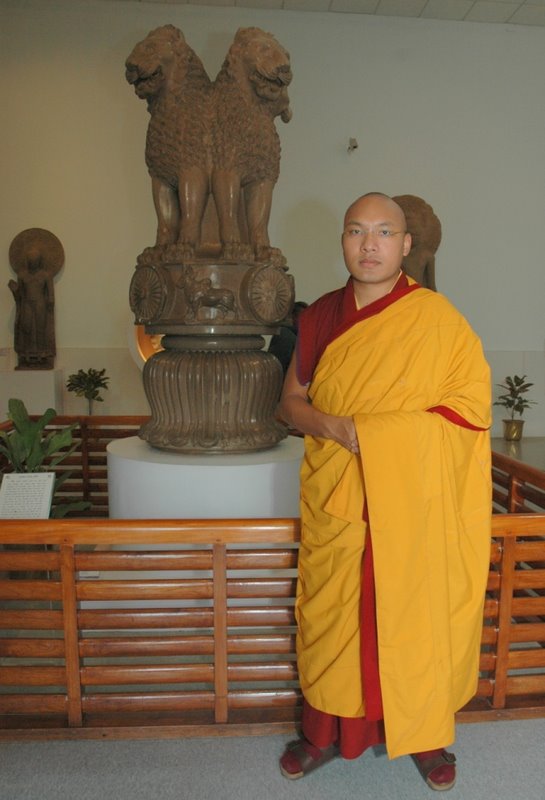
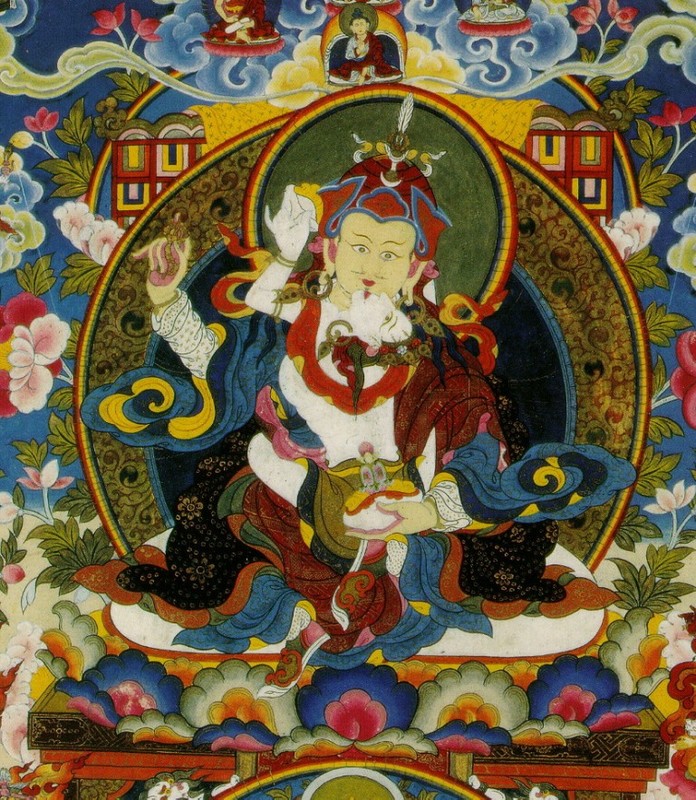

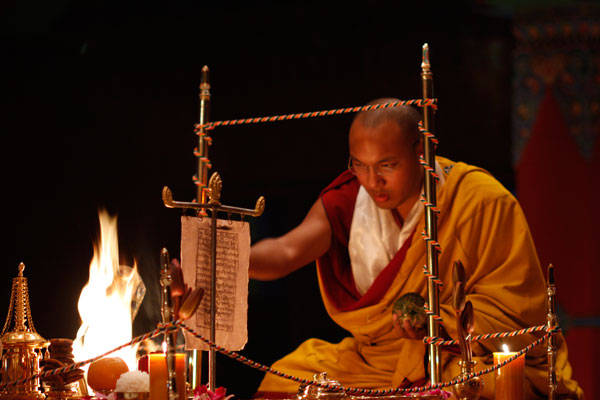
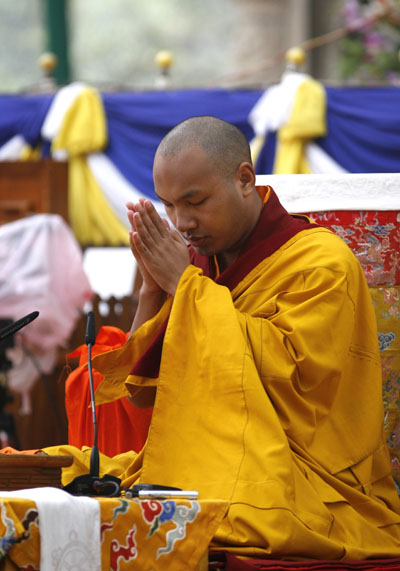

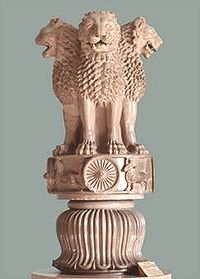
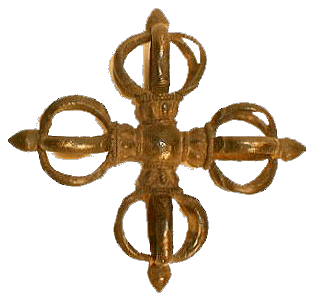

Siddhartha
Padmasambhava
King Ashoka
The Karmapa


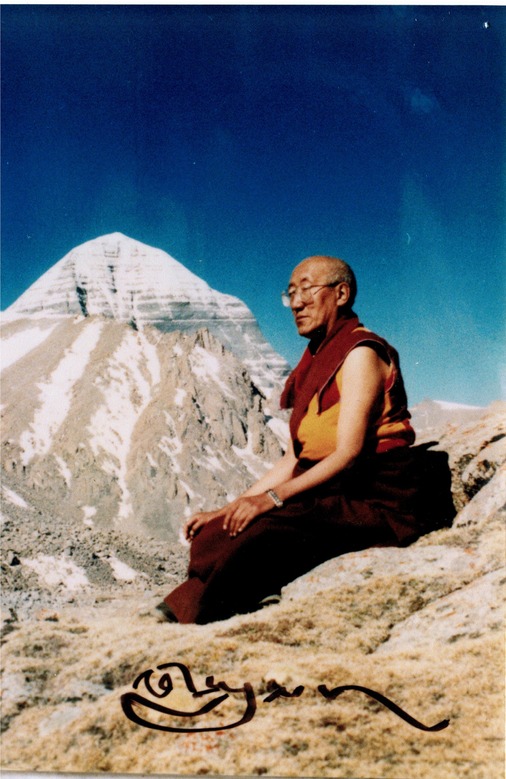
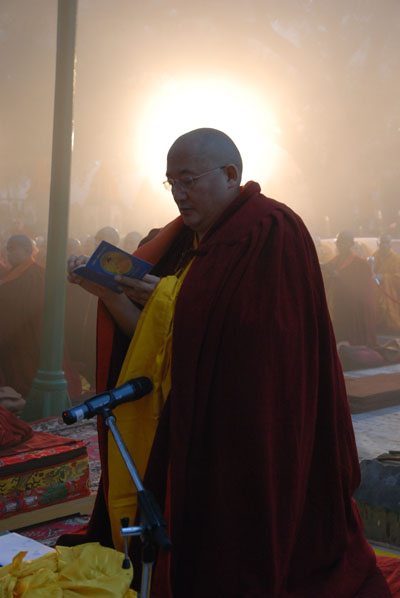
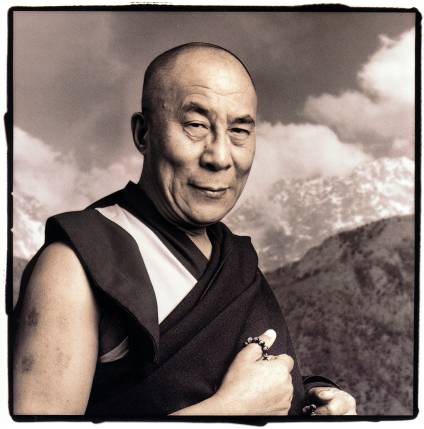
Buddha Lion's of the Present - Homage to my wisdom teachers
His Holiness the 17th Karmapa, Orgyen Trinley Dorje
People need to awaken to the fact that everyone has a responsibility. If what we want is peace and harmony in the world, then every individual should take responsibility to contribute towards that. The more people involved in beneficial activity, the greater the result will be.
-His Holiness the 17th Karmapa
People need to awaken to the fact that everyone has a responsibility. If what we want is peace and harmony in the world, then every individual should take responsibility to contribute towards that. The more people involved in beneficial activity, the greater the result will be.
-His Holiness the 17th Karmapa
His Holiness the 14th Dalai Lama, Tenzin Gyaltso
Love and compassion are necessities, not luxuries. Without them humanity cannot survive.
- His Holiness the Dalai Lama
Love and compassion are necessities, not luxuries. Without them humanity cannot survive.
- His Holiness the Dalai Lama
Kyabje Bokar Rinpoche
Like birds landing on a tree top together, and then dispersing,
We are together for a very short time,
So it makes sense to live in harmony, in unconditional friendship.
-Venerable Bokar Rinpoche
Like birds landing on a tree top together, and then dispersing,
We are together for a very short time,
So it makes sense to live in harmony, in unconditional friendship.
-Venerable Bokar Rinpoche
His Eminence Gyaltsap Rinpoche
The entire environment is saturated with peace and happiness where compassion exists. Most religions--Buddhism, Christianity and many others—maintain the idea of altruism. This virtuous practice of compassion will consistently enhance our education, health, and environment and continue to develop good relations among all beings. That's what compassion can do.
- Gyaltsap Rinpoche
The entire environment is saturated with peace and happiness where compassion exists. Most religions--Buddhism, Christianity and many others—maintain the idea of altruism. This virtuous practice of compassion will consistently enhance our education, health, and environment and continue to develop good relations among all beings. That's what compassion can do.
- Gyaltsap Rinpoche
Lion's of the Past
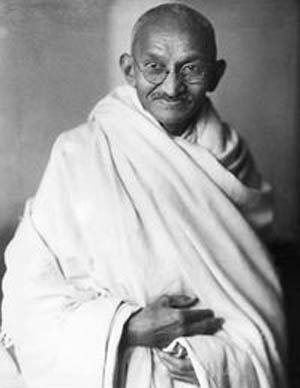
Buddha Lion of the Future
-A future buddha called Simha (Drukpa Senge); The Lion Buddha, has been predicted and Buddhist authorities agree that he will arise from the line of the Karmapa's.
Mahatma Gandhi
Happiness is an enlightened realization of dignity and a craving for human liberty and prizes itself above mere satisfaction of personal comforts and material wants.
Happiness is an enlightened realization of dignity and a craving for human liberty and prizes itself above mere satisfaction of personal comforts and material wants.

Martin Luther King
Our lives begin to end the day we become silent about things that matter.
Our lives begin to end the day we become silent about things that matter.
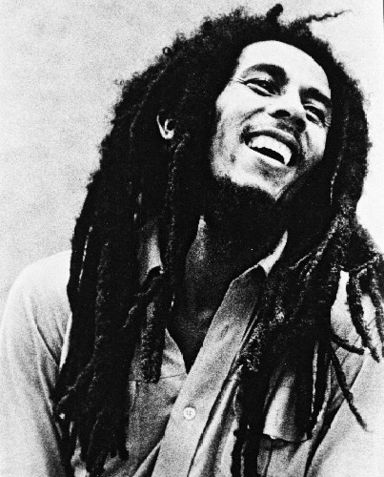
Bob Marley
Life is one big road with lots of signs. So when you riding through the ruts, don't complicate your mind. Flee from hate, mischief and jealousy. Don't bury your thoughts, put your vision to reality . Wake Up and Live!
Life is one big road with lots of signs. So when you riding through the ruts, don't complicate your mind. Flee from hate, mischief and jealousy. Don't bury your thoughts, put your vision to reality . Wake Up and Live!

John Lennon
If someone thinks that love and peace is a cliche that must have been left behind in the Sixties, that's his problem. Love and peace are eternal.
If someone thinks that love and peace is a cliche that must have been left behind in the Sixties, that's his problem. Love and peace are eternal.

Mother Teresa
We ourselves feel that what we are doing is just a drop in the ocean. But the ocean would be less because of that missing drop.
We ourselves feel that what we are doing is just a drop in the ocean. But the ocean would be less because of that missing drop.
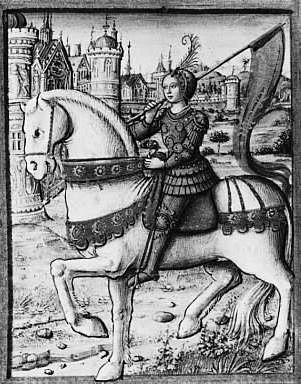
Joan of Arc
Since God had commanded it, it was necessary that I do it. Since God commanded it, even if I had a hundred fathers and mothers, even if I had been a King's daughter, I would have gone nevertheless.
Since God had commanded it, it was necessary that I do it. Since God commanded it, even if I had a hundred fathers and mothers, even if I had been a King's daughter, I would have gone nevertheless.
